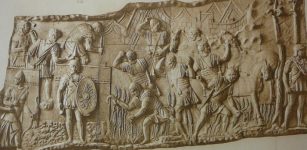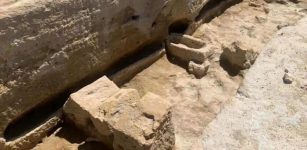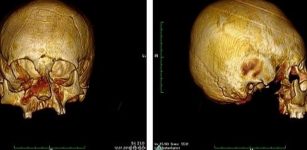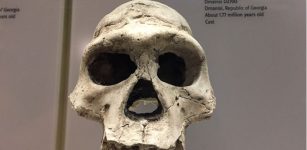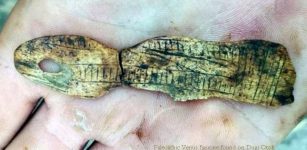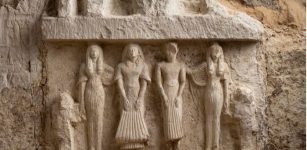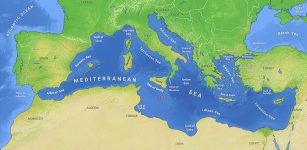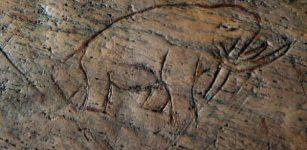Ruins Of Roman Temple From Reign Of Emperor Antonius Pius Unearthed In Egypt
AncientPages.com - A Roman temple from the 2nd century CE has been unearthed in the village of Al-Hag Ali in the Siwa Oasis near the “Mountain of the Dead” Gabal Al-Marwa, Egypt.
Archaeologists found the foundation of a large rectangular limestone building that measured 40 meters in length by 8.5 meters in width, according to Ministry of Antiquities in Egypt.
The temple consisted of an entry on the northern side, lined with two adjacent rooms that led to a large front hall and the holy of hollies. The complex would also have been surrounded by a large outer perimeter wall.
See also:
Unusual Scenes Painted On The Walls Inside Egyptian Tomb Of General Iwrkhy – Discovered
Ancient Egyptian Papyrus Tells A Different Story About Biblical Isaac’s Fate
Ancient Shrine Of God Osiris-Ptah Neb And Rare Bust Of Emperor Marcus Aurelius Discovered In Egypt
“The most important parts that have been discovered during the excavations are a limestone painting with Greek inscriptions and decorated with the sun disk surrounded by cobras, informed Abdul Aziz al-Damiri, general director of the Antiquities of Matrouh and Siwa and the head of the excavation project.
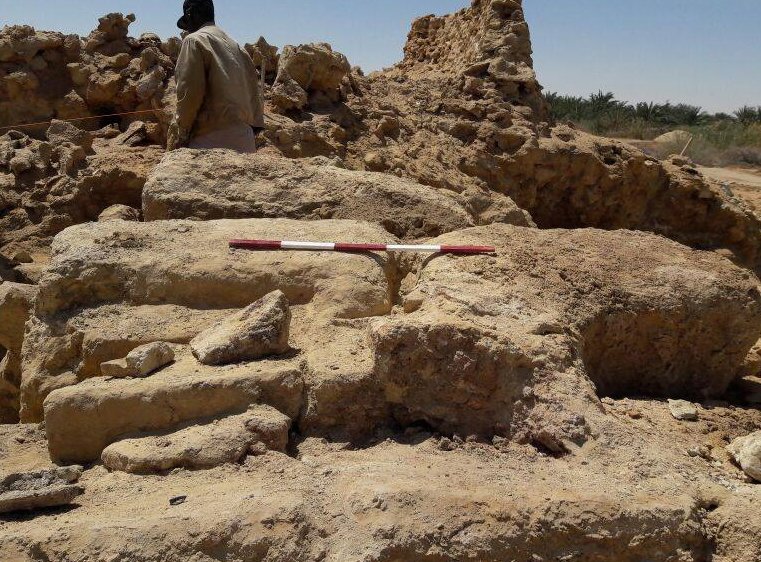
Archaeologists found the foundation of a large rectangular limestone building that measured 40 metres
in length by 8.5 metres in width. Image credit: Ministry of Antiquities
This relief, he asserted has helped to identify the name of the emperor who built the temple as well as the ruler of Egypt in this period.”
Antonius Pius was Roman emperor from 138 to 161. He was one of the Five Good Emperors in the Nerva–Antonine dynasty and the Aurelii. His reign is notable for the peaceful state of the Empire, with no major revolts or military incursions during this time, and for his governing without ever leaving Italy. A successful military campaign in southern Scotland early in his reign resulted in the construction of the Antonine Wall.
According to Abdul Aziz al-Damiri, the painting, which is believed to be part of the temple's entrance, was discovered in good condition and will undergo restoration.
AncientPages.com


